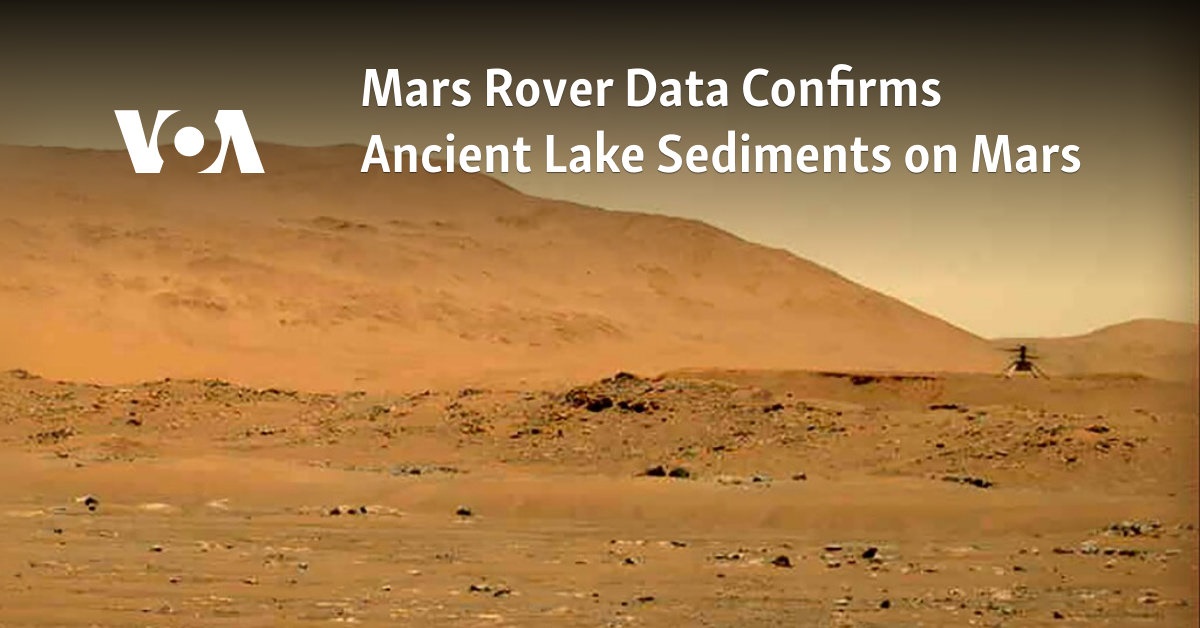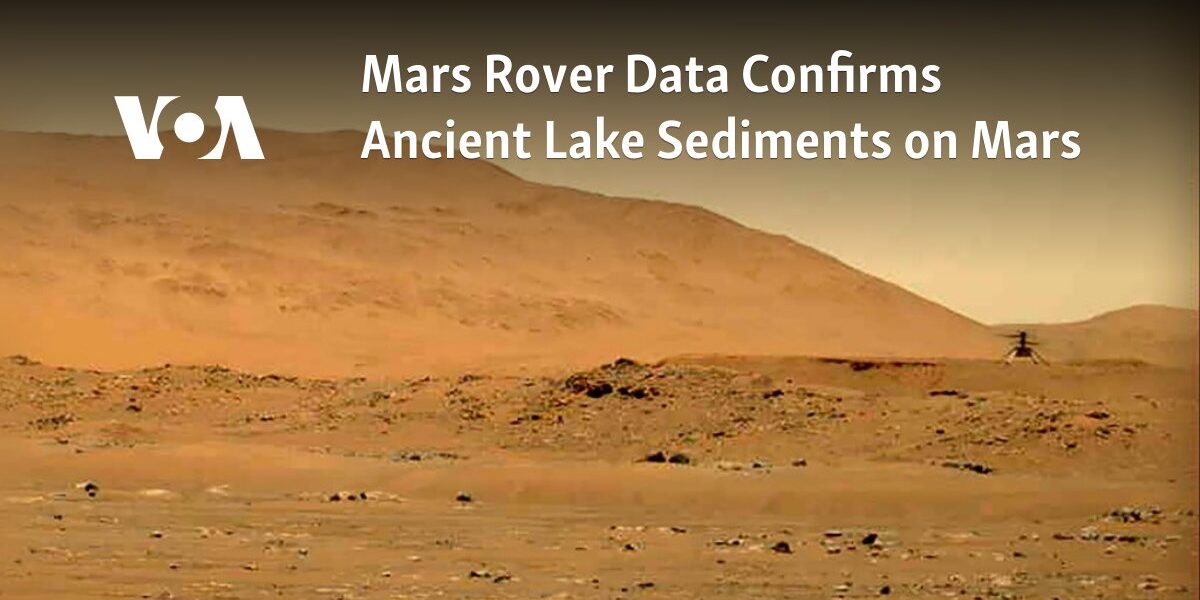The data from the Mars Rover confirms the presence of sediment in an ancient Martian lake.

According to a study published on Friday, information collected by NASA’s Perseverance rover has verified the presence of old lake deposits in Jezero Crater on Mars, indicating that the crater was once filled with water.
The results of using ground-penetrating radar by the robot rover support previous images taken from orbit and other information, leading scientists to believe that parts of Mars may have had water and could have supported microscopic organisms.
A study, conducted by groups from the University of California, Los Angeles and the University of Oslo, was released in the journal Science Advances.
The data was collected by a rover, about the size of a car, through underground scans while traversing the surface of Mars. This journey began at the bottom of a crater and continued onto a nearby area with patterns resembling sedimentary river deltas seen from above.
The rover’s RIMFAX radar instrument provides soundings that enable scientists to examine underground layers of rock up to 65 feet (20 meters) deep. According to the paper’s first author, UCLA planetary scientist David Paige, it is similar to looking at a road cut.
The layers offer clear proof that soil sediments were transported by water and deposited at Jezero Crater and its delta, originating from a river that supplied it. This is similar to how lakes on Earth are formed. These findings support the idea that Mars, which was previously thought to be cold, dry, and devoid of life, may have once been warm, wet, and potentially capable of sustaining life.
Researchers are eagerly anticipating a detailed analysis of the sediments in Jezero, believed to have originated around 3 billion years ago. These samples will be gathered by Perseverance and eventually brought back to Earth for further study.
The most recent research confirms that scientists chose the correct location on Mars for their geobiological study. This is reassuring news.
Scientists were surprised to discover through remote analysis that the core samples collected by Perseverance at four nearby sites in February 2021 were volcanic, contrary to their initial assumption of sedimentary composition.
The two experiments do not conflict with each other. Even the rocks from volcanoes showed evidence of being changed by water, and the researchers who released those results in August 2022 suggested that sedimentary deposits may have been worn away.
According to Paige, the RIMFAX radar data from Friday indicated signs of erosion both before and after the development of sedimentary layers at the western edge of the crater. This suggests a complex geological past in that area.
Paige mentioned that we had landed on volcanic rocks. However, the most noteworthy development is that we have now reached the delta and are observing signs of lake sediments. This was one of the primary objectives for choosing this location, so it is a fortunate discovery in that sense.
Source: voanews.com




